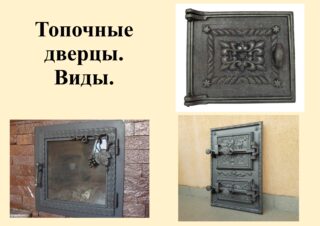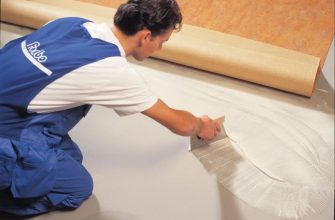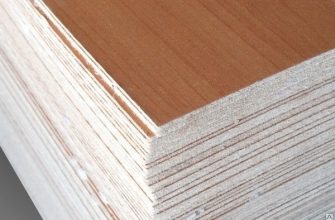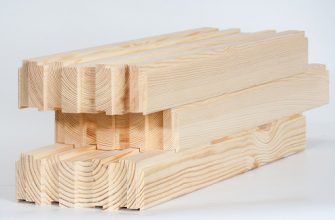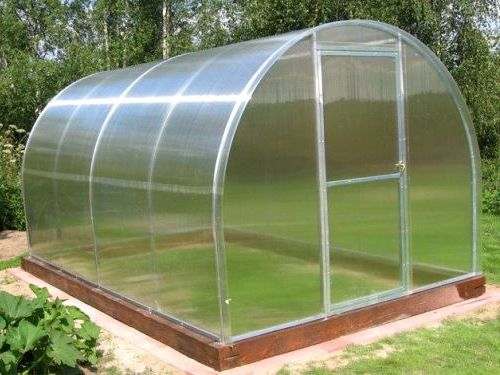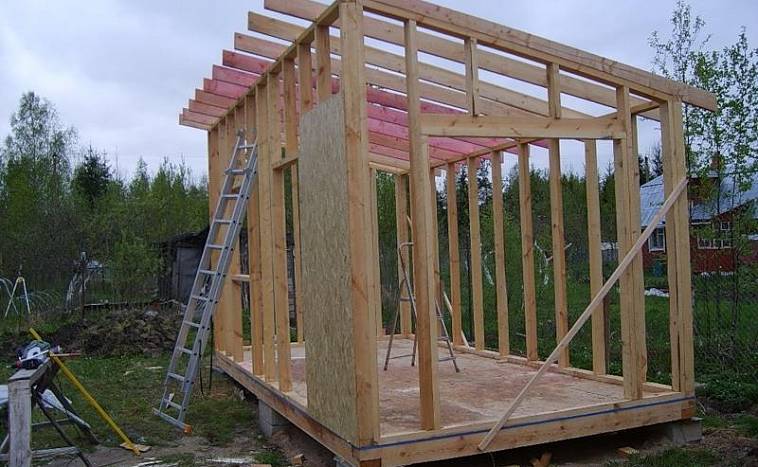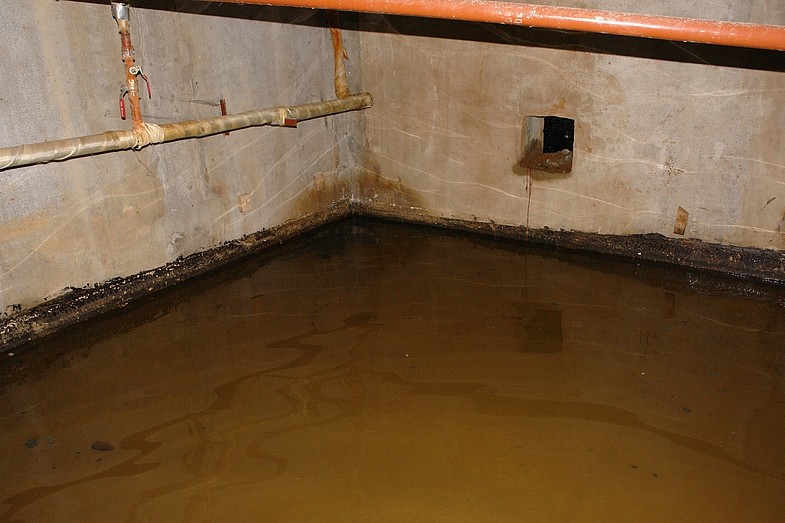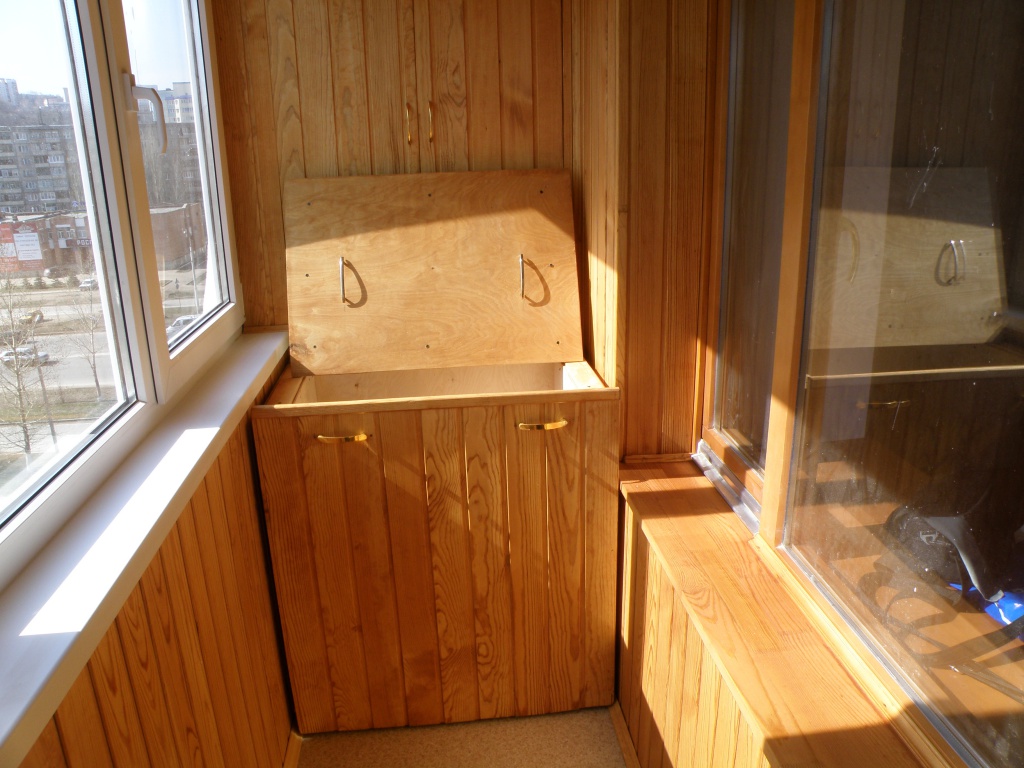A brick hearth is a heating device designed for high temperature, its drops up to contact with water, mechanical action vertically and horizontally. One of the important points in the construction and subsequent operation of this structure is the correct installation of the stove door. Despite the external compactness, this fragment has a lot of features and specific nuances of fixing, using and maintaining.
What is a furnace door
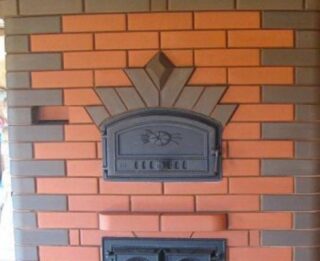
The release of heat by the stove occurs through the body due to its heating from the combustion of fuel. This process is accompanied by the release of high temperatures and requires regular refueling. For this, the furnace door is installed in a brick oven. Fuel is loaded into the chamber through the opening hole, its uniform distribution and mixing is carried out.
Competently and technically verified installation of the oven door into the finished oven ensures its durability, convenience and safety of operation. The door should fit snugly against the walls of the hearth, it should be easy to open without squeaks, backlash and jamming. To do this, you need to firmly and reliably fix the oven door in the masonry, choosing the most proven methods and products that are suitable for technical and aesthetic characteristics.
How to choose
There are the following options:
- Cast iron. The alloy is strong and corrosion resistant. However, the shape of the flaps is far from perfect, the metal is heavy, brittle, and can crack if water gets on it. Installing the door into the oven is fraught with difficulties.
- Stainless steel. The material can be called universal, since it is not afraid of sudden cooling, does not rust, it is quite simple to install it in the opening. Stainless steel looks good and is easy to clean from carbon deposits.
- Refractory glass. Panoramic doors are popular because they create a feeling of coziness from the sight of burning logs and allow you to control the availability of fuel. There is a risk that the web will break on contact with water.
The price of products also differs, but this is not the main criterion when the safety, durability of the heater and the comfort of its use are at stake.
How to install a brick oven door
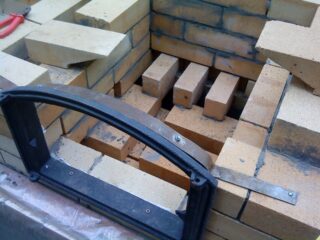
Before you fix the door in a brick oven with your own hands, you need to check the accuracy of the opening geometry and the functionality of the kit. Damage, distortions and difficulties with opening are not allowed.
The sash can be installed in the following ways:
- On the wire. Such a mount is often used by professional stove-makers, as it is considered the most reliable. A wire made of nickel and chromium alloy is used, since it is practically insensitive to high temperatures and corrosive combustion products. Before being installed in place, the veins are threaded into loops, after which, in a tightly stretched state, they are pressed with bricks at a distance of two or more stones. The disadvantages of this technique are the laboriousness and impossibility of repair.
- On metal plates. The option is simple but reliable. The frame from the corner is embedded in the walls of the hearth with one edge, after which it is additionally fixed with thorns.To compensate for uneven thermal expansion, silicon thermal insulation is placed under the metal.
- For self-tapping screws or anchors. Experts do not recommend this type of installation. Its essence lies in the fact that the frame is screwed through several holes to the wall along its outer side. Since the weight of the kit is quite large, and the connection points are few, they loosen very quickly, and the swing structure begins to dangle.
It is necessary to fasten the kit in the closed position in order to avoid distortions. To prevent spontaneous folding of the sash when the valve is open, you need to give the frame a slight slope of 2-3 mm.
What to do if the door does not hold

The reasons for the loosening of the door may lie in the wrong composition of the sealing solution or in leaving free rings when fastened with wire, including without ledges when rigidly twisted. When fixed with bolts - abrasion of bricks. Wobbling leads to the formation of gaps and the release of carbon monoxide through them.
Repair options:
- Replacement of anchors with steel inserts. For this, cuts are made in the opening, into which the fastening steel corner is inserted.
- Cutting the wire and replacing the fastening method with bolts or integral frames.
- Clearing openings between the frame and the body from mortar and installing a new seal. The vacated areas are filled with heat-resistant glue, asbestos or ceramic cord, a mixture of clay and asbestos.
These approaches are applicable when the masonry stones have retained their integrity. If they are cracked, it is necessary to disassemble with the laying of new fragments on a heat-resistant mixture.
Glass door installation features
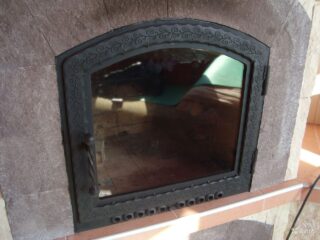
Despite the fact that a special transparent material is used for the sashes, it must be fastened very carefully, since internal tension remains in any glass. Before installing the window, you need to carefully study the drawing attached to it and the manufacturer's recommendations.
After that, you need to see how tight the door is, how much effort is needed to open and close it. If the process is difficult, you need to design it before installing the door. When joining, it is necessary to leave damping gaps of at least 3 mm, which are then filled with a ceramic cord and a solution that compensates for the thermal expansion of materials.
It is possible to clean the window from soot only after it has completely cooled down. Use a soft cloth dampened with detergent or dishwashing liquid. The use of chlorine and abrasives is not allowed.

